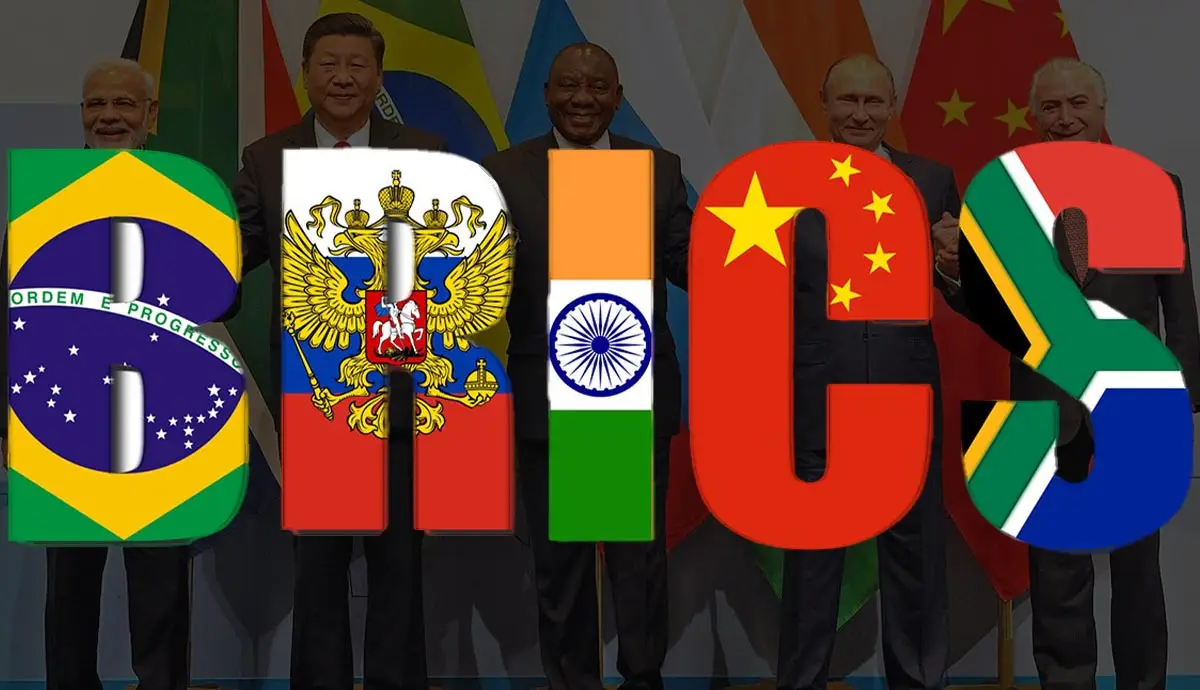The BRICS bloc, an association of five major emerging economies—Brazil, Russia, India, China, and South Africa—recently extended invitations to six new countries to join their ranks. Among these, only the United Arab Emirates (UAE), Egypt, Iran, and Ethiopia have accepted, while Argentina has declined and Saudi Arabia remains undecided.
China and Russia have been the primary advocates for this expansion, aiming to bolster the BRICS alliance financially and position it as a formidable counterweight to the United States and its Western allies. However, this aggressive push for rapid expansion has not been well received by all members of the bloc.
India, South Africa, and Brazil are advocating for a more cautious approach. They argue that a slower pace of expansion is necessary to ensure the stability and integration of new members. Their concern is that a sudden influx of countries could disrupt existing policies and trade agreements, potentially leading to chaos within the group.
India, in particular, harbors suspicions about China’s intentions. Indian officials believe that China is leveraging the BRICS platform to further its own global dominance agenda. Furthermore, they perceive Russia’s push for expansion as a strategy to counteract the economic sanctions imposed by the US.
“India wants BRICS to retain its original spirit of equal partnership,” a source revealed. To this end, India is proposing a five-year hiatus on admitting new members, allowing sufficient time for current members to fully integrate and establish cohesive policies.
These tensions have surfaced in recent meetings of senior officials and BRICS sherpas, reflecting deep-seated differences over the future direction of the bloc. Meanwhile, the financial landscape remains challenging for BRICS members.
The Indian rupee, for instance, has been under significant pressure, hitting a low of 83.63 against the US dollar in June 2024. Although there was a brief recovery, the rupee slipped back to 83.62, highlighting ongoing vulnerabilities. This trend is not unique to India; the US dollar has outperformed 22 out of 23 major Asian currencies this month, with only the Hong Kong dollar maintaining stability.
Also Read: BRICS Eyes $3.6 Trillion Boost as Southeast Asian Nations Seek Alliance Entry
Similarly, the Chinese yuan has plummeted to its lowest level since December 2023, and the Japanese yen is at its weakest since the 1990s. The withdrawal of $2.6 billion by foreign institutional investors from the Indian stock market has further exacerbated the rupee’s decline.
As BRICS navigates these complex dynamics, the bloc’s future expansion and stability hang in the balance. The differing perspectives on growth strategy underscore the broader geopolitical maneuvering within the group, revealing the intricate interplay of national interests that shape global economic alliances.
Disclaimer: The information in this article is for general purposes only and does not constitute financial advice. The author’s views are personal and may not reflect the views of Chain Affairs. Before making any investment decisions, you should always conduct your own research. Chain Affairs is not responsible for any financial losses.





